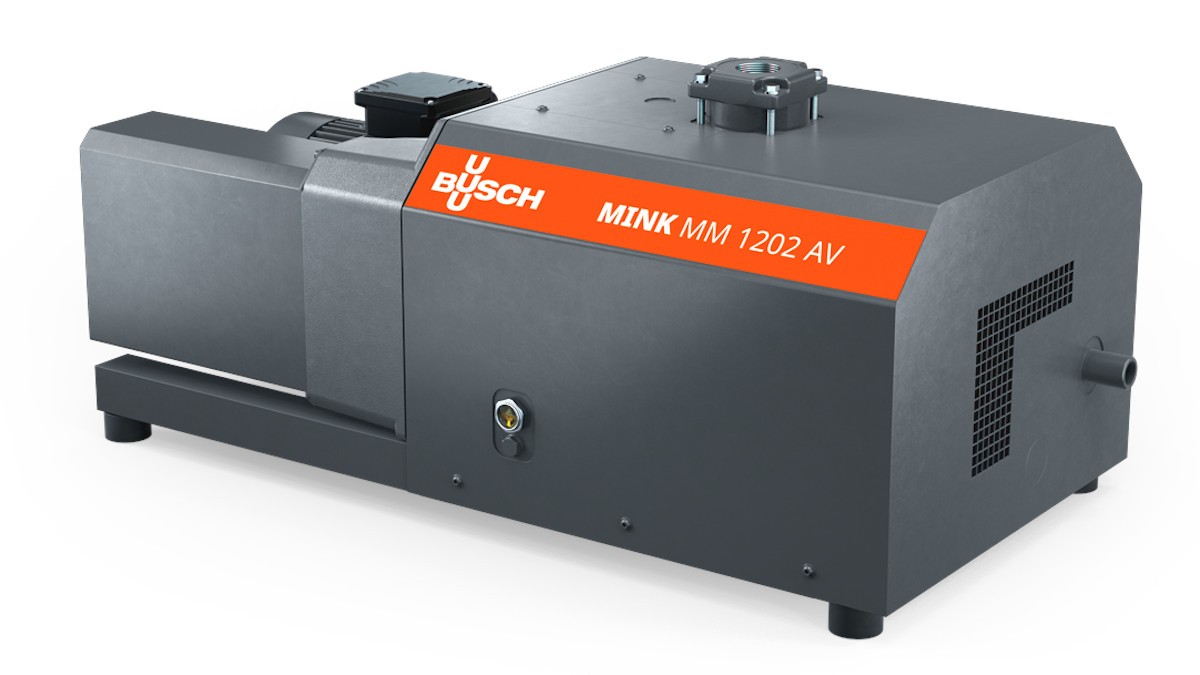
Fig. 1: Degassing tank (center of picture) at one of the filling plants at Rheinfelsquellen. Source: Busch Vacuum Solutions.
Enormous Savings in Water Consumption Thanks to Modern Vacuum Technology
Rheinfelsquellen H. Hövelmann GmbH & Co. KG
Sustainability and environmental protection are not just words to Rheinfelsquellen H. Hövelmann GmbH & Co. KG but, as one of Germany's largest private wells, a genuine concern. This is demonstrated, for example, by the DIN ISO 50001 energy management system already introduced in 2012 and the DIN ISO 14001 certification of the environmental management system. Saving resources is thus a high priority at Rheinfelsquellen, which was just one of the reasons for drastically reducing the consumption of water from the municipal water supply. By using state-of-the-art vacuum technology for degassing mineral water, it has been possible to save an average of 3,000 cubic meters of water per filling plant per year. The solution was to replace the existing liquid ring vacuum pumps with MINK claw vacuum pumps from Busch Vacuum Solutions.
About Rheinfelsquelle
The roots of Rheinfelsquellen go back to 1905. The family-run business has developed into one of Germany's largest private wells, and the owners are the fourth generation of the family to run the company. Around 700 million liters of mineral water and other non-alcoholic beverages are produced each year. The product range includes the Sinalco, Aquintel and Staatl. Fachingen brands, which are sold throughout Germany, as well as brands sold in North Rhine-Westphalia such as Rheinfels Quelle, Römerwall, Burgwallbronn, Ardey Quelle, Urquell and Rheinperle. Filling takes place at the Duisburg-Walsum site across a total of eight filling plants for returnable and non-returnable PET bottles, glass bottles, and returnable kegs with a total capacity of 210,000 bottles per hour.
Process for degassing well water
Liquid ring vacuum pumps were used at all filling plants for degassing the well water in the degassing tank (Fig. 1). Their operating principle requires water as an operating fluid in order to generate vacuum. This water is drawn from the public water network and then goes into the public sewer system as waste water. The water was fed through the vacuum pumps in a partial circuit. However, fresh water had to be supplied permanently in order to avoid a rise in the water temperature. This is necessary because the performance of liquid ring vacuum pumps depends on the water temperature. They are technically designed to achieve the highest vacuum level at an operating fluid temperature of 15 degrees Celsius. The warmer the water in the circuit, the poorer the vacuum. However, a certain vacuum level is required to extract all gases from the well water nebulized in the degassing tank.
Busch solution and its benefits for the customer
Rheinfelsquellen recorded an average water consumption of 3,000 cubic meters per bottling plant per year. The costs for this amounted to an annual average of 10,000 Euro per filling plant. In order to limit or completely avoid this water consumption, the topic of dry vacuum pumps was addressed. Busch Vacuum Solutions' MINK claw vacuum pump seemed to be the perfect solution. This vacuum pump does not require any operating fluid in the compression chamber, so it runs without water – or any other operating fluid. First, a MINK claw vacuum pump (Fig. 2) was installed in a plant on a trial basis. A liquid separator was installed upstream of it, as it can always happen that small amounts of well water are also suctioned in. This liquid separator prevents water from getting into the vacuum pump. It works completely self-sufficiently. If a certain amount of water has accumulated in it, it empties itself automatically during ongoing operation without affecting the separation performance. This means that the water is degassed completely automatically during three-shift operation on five or six working days per week.
-

Fig. 2: MINK claw vacuum pump for degassing the well water in the degassing tank. Source: Busch Vacuum Solutions.
Following the successful operation of the first MINK claw vacuum pump, Rheinfelsquellen has converted three more filling plants to this modern vacuum technology, thus drastically reducing water consumption. MINK claw vacuum pumps are nearly maintenance-free due to their operating fluid-free and contactless operating principle (Fig. 3). A maintenance contract stipulates that all vacuum pumps are checked once a year by a Busch service engineer to ensure that they are functioning properly. In addition, a 24-hour service hotline is available to customers.
-

Fig. 3: Operating principle of the operating fluid-free MINK claw vacuum pump. Source: Busch Vacuum Solutions.